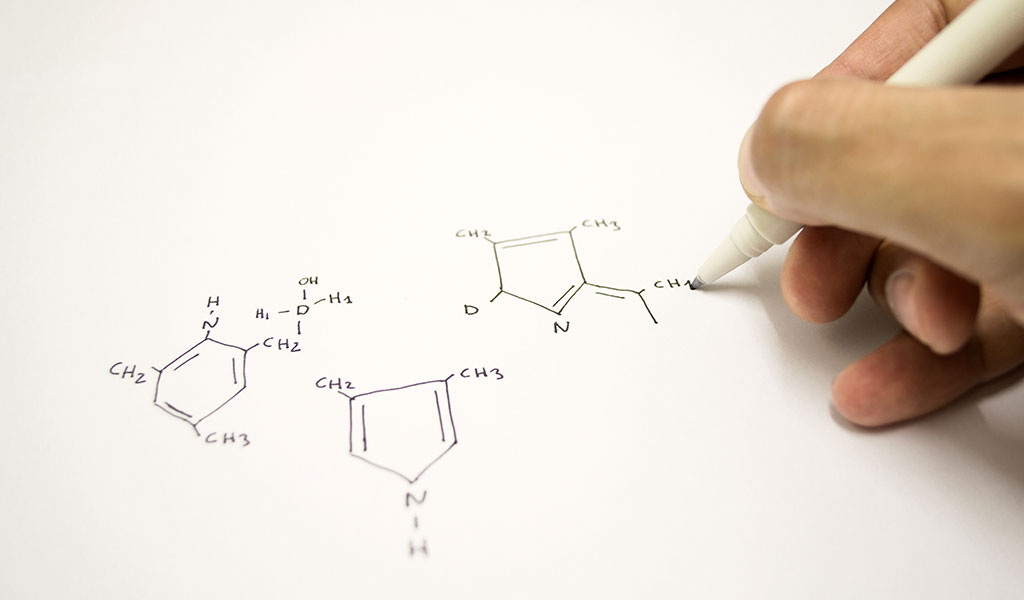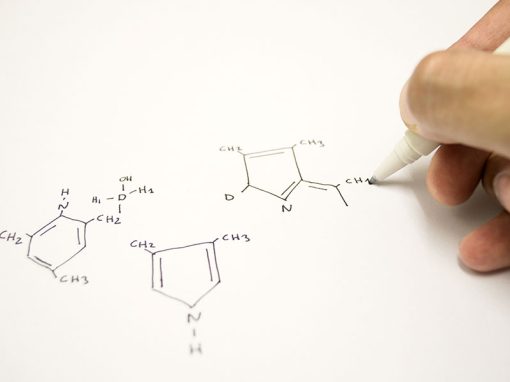SANDOZ V G.D SEARLE [2017] EWHC 987(PAT)
Having already made a referral to the CJEU in Teva v Gilead regarding the criteria for a combination product to be protected by a basic patent in force (according to Article 3(a) of the SPC Regulation) Arnold J was asked again to consider this question, but this time in relation to Markush structures encompassing a number of chemical species.
Background
According to Article 3(a) of the SPC Regulation (European Parliament and Council Regulation 469/2009/EC of 6 May 2009 concerning the supplementary protection certificate for medicinal products) an SPC shall be granted for a medicinal product if the product is protected by a basic patent in force. The regulation itself provides no guidance regarding what criteria must be met for a product to be protected by the patent.
In Medeva BV v Comptroller-General of Patents, Designs and Trade Marks (Case C-322/10, [2011] ECR I-12051), the CJEU held that it was necessary for the product to be specified or identified in the wording of the claims. In this case, the product was a combination of two active ingredients and a patent containing a claim to only one of these active ingredients was not sufficient for the product to be protected by this patent (despite the product falling within the scope of the claims for the purposes of patent infringement).
The CJEU subsequently held in Eli Lilly v Human Genome Sciences (Case C-493/12, ECLI:EU:C:2013:835) that it is not necessary for the claim to identify an active ingredient using a structural formula and that a functional definition of the ingredient would suffice (in this case, by specifying that the antibody in question binds specifically to Neutrokine-α polypeptide, without specification of the structure of the antibody).
More recently in Teva v Gilead ([2017] EWHC 13 (Pat)) Arnold J had to consider again the criteria for a combination product to be protected by the basic patent in force. Having reviewed the CJEU case law on the matter, Arnold J considered that further guidance was required and hence has asked the CJEU the following question:
“What are the criteria for deciding whether ‘the product is protected by a basic patent in force’ in Article 3(a) of the SPC Regulation?”
Although it is clear that just because the product would infringe the patent claim does not mean that it is protected by the patent, in accordance with Article 3(a), it is unclear as to what else is required in order to meet this condition.
This Case
Although previous cases where the meaning of Article 3(a) has been at question generally concern combination products, in this case the product contained a single active agent, Darunavir.
The claimants (Sandoz Ltd and Hexal AG) applied for revocation of the SPC on the basis that as Darunavir was not specified in the patent and only covered by a broad Markush formula, the product could not be considered to be protected by the basic patent. In addition, the claimants noted that Darunavir was not exemplified at all in the patent specification.
Although Arnold J repeated his view from Teva v Gilead that the current test of a product having to be “specified” or “identified” in the claims is unclear, Arnold J held that it is sufficient for a product to be specified by a Markush formula to meet the requirements of Article 3(a). No reference to the CJEU was considered necessary.
Arnold J believed that the claimants’ real objection was to the breadth of the patent claim (either for lacking inventive step or for being insufficient), although the claimant did not present their case in this way. Arnold J commented that it was not the role of authorities when granting SPCs to effectively re-examine the basic patent and therefore an objection on the grounds of lack of inventive step or insufficiency was not enough to successfully revoke an SPC.
This decision will be welcomed by patent holders, particular those in the pharmaceutical industry, for providing reassurance that compounds need not be specifically exemplified in a patent in order to obtain an SPC for products containing those compounds.









